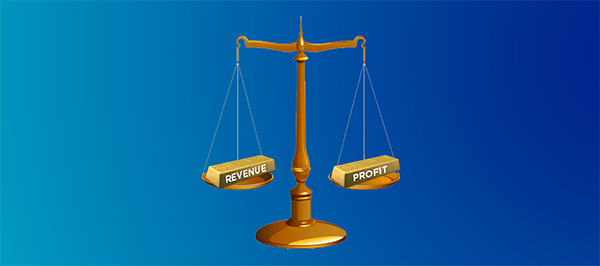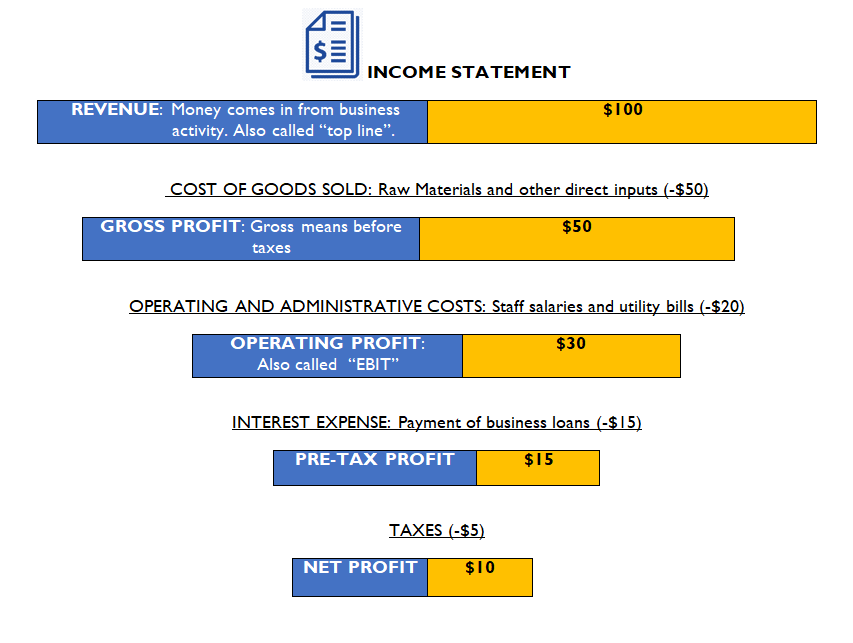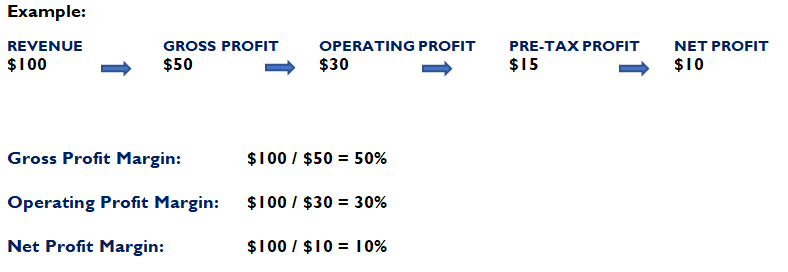Market Talk – Moving from Revenue to Profit

The terms ‘Revenue’ and ‘Profit’ oftentimes confuse many prospective investors and may drive many more away from the world of finance. The good news is that like other languages, financial statements are learnable and universal. A financial statement is like a compass which guides the investor along the right path with profitability being the north star. Financial statements can save a portfolio from a bad investment and assist in discovering great opportunity. There are three financial statements: The Income Statement which shows ‘profit and loss’; the Balance Sheet which shows the assets and liabilities that form the business and finally, the Cashflow Statement. The Income Statement will be the focus in this piece.

Revenue, also called the ‘top line’ is the “raw money” that comes in from business activity before any of the costs of doing business are extracted. On the other hand, net profit, also known as ‘the bottom line’ is what goes into a shareholder’s pocket after all the costs of doing business are dealt with.
Net profit can be used to:
- re-invest in the business
- pay shareholders as dividends
- make investments in other businesses in the future
Finally
We express the types of profit relative to revenue to find the margin. A margin shows the strength of the business and its performance, but each industry has different ranges of margins that are considered normal.
For instance, supermarkets may not have the same margins as banks.


